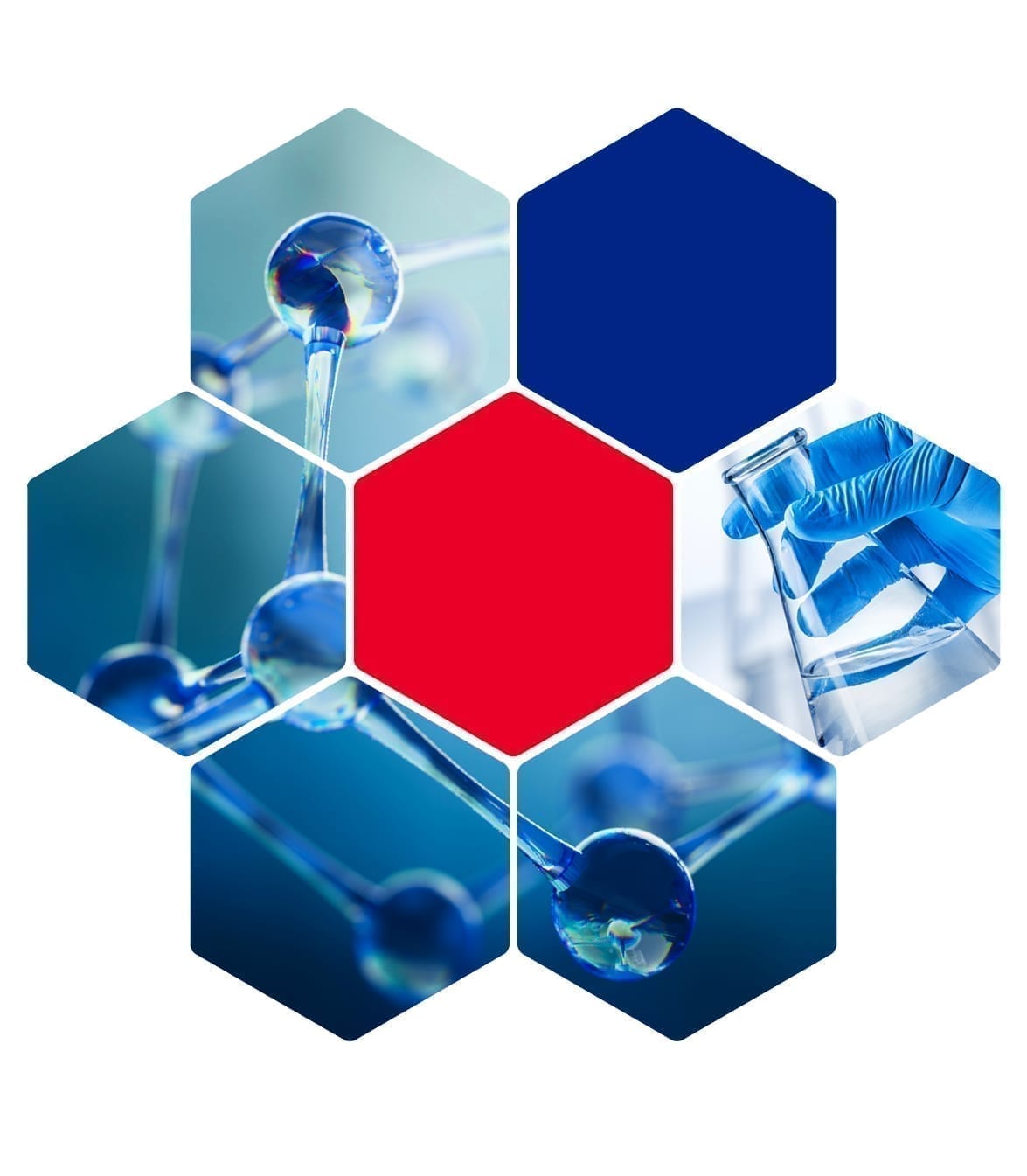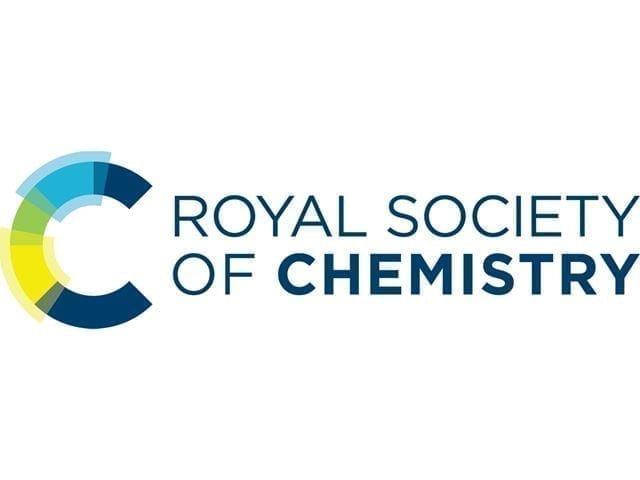
Bifunctional Chemical Linkers
Building the Biological Toolkit
Services I Technical Expertise
The ability to covalently link biomolecules and substrates has proven an extremely useful tool for a number of biomedical applications.
Methods of bioconjugation include PEGylation of proteins and peptides to improve their in vivo stability, conjugation of peptide vectors to improve the cell permeability of drug molecules and the attachment of imaging labels to biomolecules generating new diagnostic tools.
Functional chemical linkers play a role in all of the above methods. More specifically, the use of reactive (poly)ethylene glycol chains as linkers has been widely used to improve the hydrophilicity of the resulting conjugates. This directly impacts other properties such as overall aqueous solubility, stability, efficacy and toxicity.
Over the past ten years, High Force Research have accumulated a breadth of experience in the chemical synthesis and purification of bifunctional PEG linkers. These linkers can be tuned to give appropriate functionality, allowing orthogonal derivatisation in downstream chemistries.

Variations in terminal functionality include:
+ Acid
+ Alkyne
+ Amine
+ Azide
+ Alkyne
+ Amine
+ Azide
+ Halogen
+ Hydroxy
+ Phosphonate
+ Thiol
+ Hydroxy
+ Phosphonate
+ Thiol
+ Tosyl
+ Various Protecting Groups
+ Various Protecting Groups
Focus on thiol-specific bioconjugation
In 2019, HFR undertook an RSC Internship project to explore the development of a novel chemical linker for bioconjugation. Given there are several limitations with commonly used thiol-specific conjugation strategies, it is apparent that there is no single methodology that suits all needs.
Instead, a chemical toolbox of complementary conjugation techniques is needed, so that our customers have the best chance of achieving stable, well-defined conjugates.
With over 32 years in operation, High Force Research have accumulated broad and deep knowledge across multiple chemical sectors.
![]()



